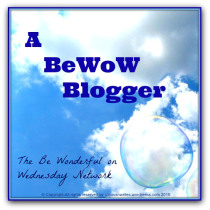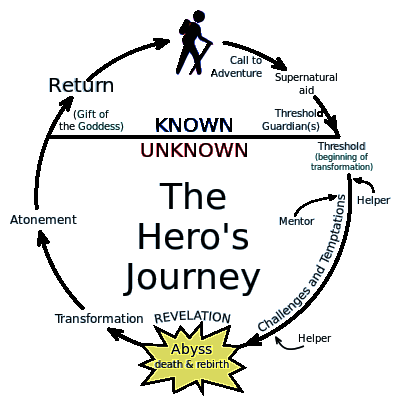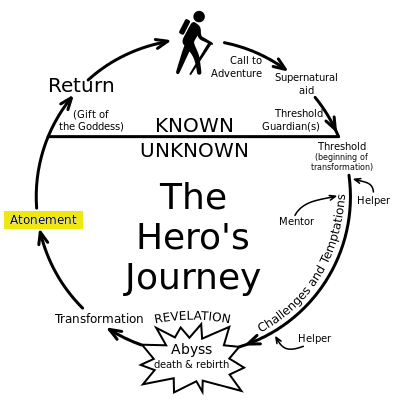
Image credit: insanefilms.com
“The Power of Myth” is a series of interviews that Bill Moyer conducted with Joseph Campbell. These interviews were also transcribed into a book of the same name.
As I was reading my news feeds and other sorts of electronic media this morning, I opened up a Digg article called Is Adulthood Dead? by Steve Rousseau, which in turn was a response to a New York Times article called The Death of Adulthood in American Culture by A.O. Scott. Reading the former article, I noted that Rousseau cited many other responses to Scott’s article, with writers taking different angles and perspectives to his claim.
I chose to dig deeper, or rather to focus on yet another article (bear with me, dear readers) that Scott cited. It’s a Slate article by Ruth Graham titled Against YA: Adults should be embarrassed to read children’s books. Hopefully, the title goes without saying, but, if you wish to read the article, your sentiment might echo what Scott reported of Graham’s article thus far:
Noting that nearly a third of Y.A. books were purchased by readers ages 30 to 44 (most of them presumably without teenage children of their own), Graham insisted that such grown-ups “should feel embarrassed about reading literature for children.” Instead, these readers were furious. The sentiment on Twitter could be summarized as “Don’t tell me what to do!” as if Graham were a bossy, uncomprehending parent warning the kids away from sugary snacks toward more nutritious, chewier stuff.
But Scott seems to agree, albeit reluctantly:
Full disclosure: The shoe fits. I will admit to feeling a twinge of disapproval when I see one of my peers clutching a volume of “Harry Potter” or “The Hunger Games.” I’m not necessarily proud of this reaction.
I don’t think you’ll be surprised, dear reader, to read me say that I don’t agree, and not with the slightest bit of hesitation. And I will tell you that my dear wife Cimmorene does not agree either. Why? Allow me to point to Cimmy first. I’ve said it before, and I’ll say it again that she is a storyteller.
[If you are not yet reading her blog, Cimmy’s Stories, I warmly invite you to do so now. Feel free to open a link to it, and read it after finishing this article, or start reading now. I’ll wait. “Captain Jack and the Wavemistress” is a wonderful story series she’s working on now.]
She follows the old oral tradition of passing stories by word of mouth, although she has been eagerly following new technology to tell these stories. She has shared with me her studies on fairy tales, and one thing we noted repeatedly was that tellers of these folkloric tales repeatedly modified their stories for their audiences, and this included embellishing the details for more mature audiences.
To wit: I think it’s ridiculous that Graham should ridicule books labeled Young Adult, or any fiction that the author expressly intended to be read by children or teenagers. It certainly never stopped the bardic storytellers of old, and I genuinely doubt that readers, over the the centuries of printed books, ever on average limited themselves that way. It smacks of the bully’s taunt ‘that stuff’s for babies’, and it’s just not reflective of the history of storytelling as I have understood it.
And I’ll say again that the reason why I blog about Joseph Campbell is that he understands this, that cultures need these kinds of stories. Despite the critics that claim he is glossing over the cultural particularities, I will insist that he is right to point out that we, as a people have a mutual need to hear them, and there are great similarities in the stories, particularly with the Monomyth cycle, known better as “The Hero’s Journey“.
Alexandra Petri summed this up well in the Washington Post:
But I think what we’ve been identifying as YA — big characters, broad strokes, flat dystopian landscapes that are clearly designed to pose fairy tale questions — are in fact stories that deal in the shapes of myth.
All really popular stories today are, to some extent, fairy tales. “Harry Potter” is a fairy tale. “Star Wars” is a fairy tale. “Batman” is a fairy tale. And fairy tale problems are not the problems of adulthood. They are deeper and less practical. The rise of what is termed YA, I would suggest, is actually a return to the kind of stories that cast larger shadows — the kind of fiction that is necessary. We need our stories in a way that we don’t need literature, per se. We need myths when we are struggling with uncomfortable questions, “too deep for utterance.” How to be. What to love. What to save and what to destroy.
Although she does not cite Joseph Campbell, I believe she is strongly and emphatically affirming what he has said, that we, as a people, need myths. And once again to his critics, I state that these myths continually reflect our hopes, our dreams, our outlook as a people. They are a way that we can regroup when our lives are difficult– yes, to escape for a while, but also possibly to recommit to our struggle. Often these myths are about real people, but although time and fading memory have distorted them away from the practical facts to grandiose legend– this should not mean that the stories do not have validity and application.
If you read Campbell’s work, then you will find that he says that the symbolism itself is not important, but the realizations they bring us to. It is not the story itself that is most important, but how you liken your life to it, and how it guides your journey.
Your journey is most important.
Are you a hero? If you do not believe yourself a hero, are you nevertheless inspired by the many tales of The Hero’s Journey? Do you believe there is a hero inside every one of us? Do you believe in the power of myth?
and lastly
Is there a version of The Hero’s Journey you would like me to reference? Are you ready for our story, Redemption of the Four Kingdoms?











































